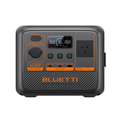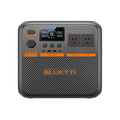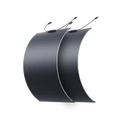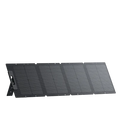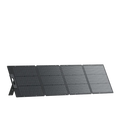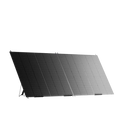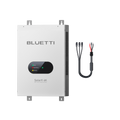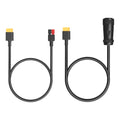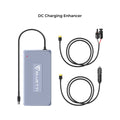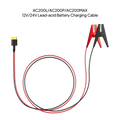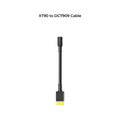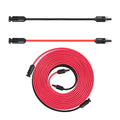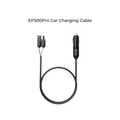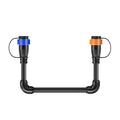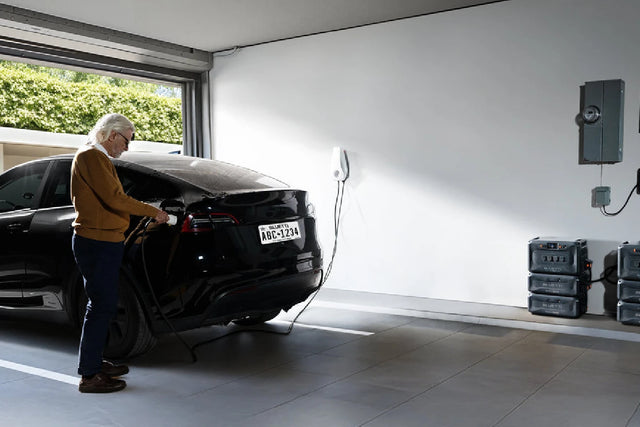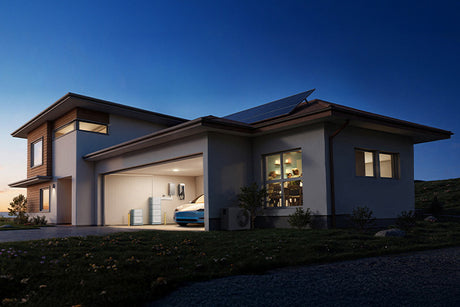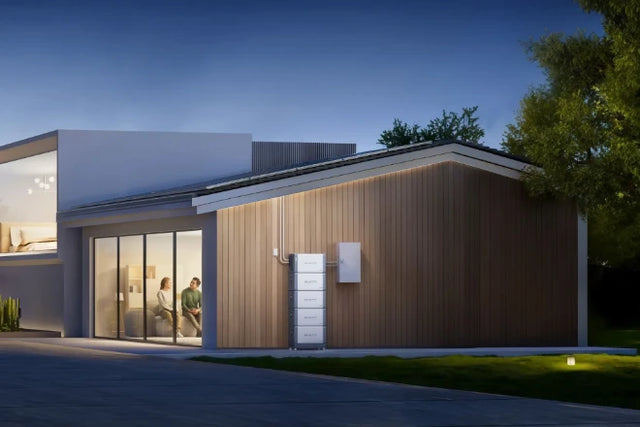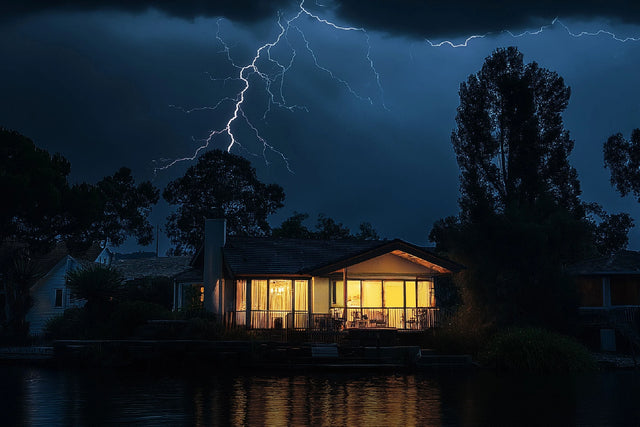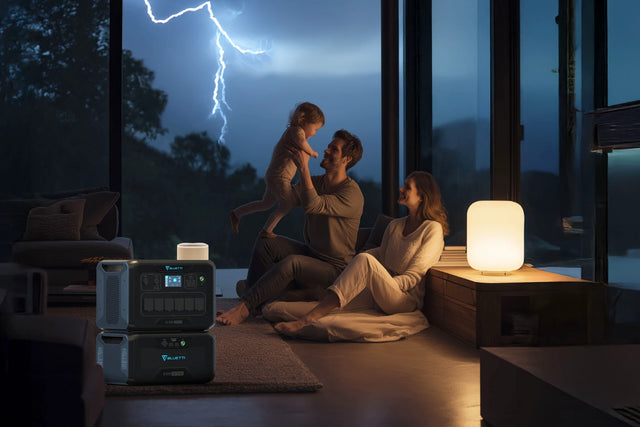Rising energy bills hurt Australian families families every day. But there's good news for you now. The Household Energy Upgrades Fund gives you cheap finance. This helps you make home energy improvements today. This $1 billion program helps over 110,000 homes go green. You can get discounted loans for solar and batteries. Besides, the Clean Energy Finance Corporation works with banks now. So, you can start saving money while helping the planet today.
What is the HEUF and Why It Exists
Background
A big number of Australian households are squandering too much energy on a regular basis. Also, most ageing homes lack proper insulation and efficient heating as standard. Consequently, several families are facing rising demands on the cost of living budget. This translates into energy bills that are taking a bigger chunk out of their budget every month.
Australia has ambitious climate targets that it hopes to meet in the near term. Houses are the cause of consuming a large 24% of the overall electricity that is being consumed across the whole country. On top of this consumption of electricity, houses are also the cause of more than 10% of the overall emissions being generated.
What the HEUF Is
Household Energy Upgrades Fund is bringing a total of $1 billion to households. It is a special scheme that is operated by the Clean Energy Finance Corporation. They deal with banks and participating lenders all over Australia.
What truly differentiates this particular fund from the rest are the following characteristics:
- Banks offer the lowest interest rates on upgrade loans
- It is feasible to finance multiple renovations at one time
- The plan includes renovations and rebuilds
- Finance is appropriate for home owners, home rentals, and strata properties
Key Goals
This Household Energy Upgrades Fund has three big pluses waiting in store for homes. In the first place, it will keep money in your pocket on your routine energy bills down the road. It will keep homes warmer in the winter and cooler in the summer, too. Last, it will reduce your carbon footprint today. It will help about 110,000 homes combined.
Eligible Technologies and Upgrades
Clean Energy Generation and Storage
Solar power is at the top of the list of upgrades you receive. Full solar PV systems for rooftops can be financed. In addition, battery systems bank additional energy for nighttime use. Even solar hot water systems replace outdated units.
The newest home batteries complement your solar panels. They save the sunlight to be used later at night.
Energy Efficiency and Building Upgrades
Your home's shell shows how much energy you waste. Insulation in walls and ceilings stops heat moving. Also double glazed windows block outside temperatures from inside.
Good heating and cooling make big differences:
- The heat pumps consume fewer watts compared to the outdated heaters
- Modern air conditioners with high stars save money
- The ceiling fans facilitate the movement of the air without consuming much power
Other Items You Can Finance
The fund is comprised of a wide variety of projects that extend beyond insulating steps and solar energy:
- Electric vehicle chargers provide the ability to power your cars using the energy generated by your home solar panel system.
- Power monitoring systems show power is going where
- Variable speed pool pumps use fewer units of energy
- The induction cooktops replace the gas stoves as a matter of safety precaution
What You Cannot Finance
Not everything qualifies for HEUF financing today though. High-value properties, meaning high-value properties that surpass specific price ceilings, cannot be availed under this financing scheme. Some products also fail to meet the performance requirements that must be met before products can qualify. It is always best then to consult your lender about the particular rule that applies per product.
Eligible Technologies Comparison
|
Technology |
Eligible |
Requirements |
Payback |
|
Solar PV |
Yes |
CEC approved |
4 to 7 years |
|
Batteries |
Yes |
CEC standards |
6 to 10 years |
|
Solar Hot Water |
Yes |
CER approved |
3 to 5 years |
|
Insulation |
Yes |
EEC accredited |
2 to 4 years |
|
Double Windows |
Yes |
AGWA standards |
8 to 12 years |
|
Heat Pumps |
Yes |
ARC registered |
5 to 8 years |
|
High Value Homes |
No |
Price limit varies |
Not applicable |
Who Qualifies and How to Apply

Who Can Get This Finance
Most Australian home owners nowadays can access this particular finance option without any inhibitions. You qualify when you either own a mortgage on your house or when you own your house outright. Even property owners who have rental properties can still access this financing and use it in fixing up and refurbishing homes as well. Most importantly, even houses that are on strata schemes can now be partakers in this advantageous scheme.
The scheme is focused on assisting homes that have existing residences as well as residences that require knockdown and rebuild construction. It is, however, vital to note that high-value homes have special limitations on the price.
Banks Offering HEUF Loans
There are some large banks that provide HEUF finance products these days:
- Commonwealth Bank has Home Energy Upgrades Personal Loans
- ING provides a variety of Green Upgrade Loans that are accessible through the avenues of mortgages.
- Plenti offers discounted prices off green loan products
- Westpac has Sustainable Upgrade Home Loans on offer
- Bank Australia has Clean Energy Home Loans products
The products offered by all the lenders vary. Some offer personal products, and some products under mortgage.
How to Apply Step by Step
Start by determining the upgrades that your home needs the most. Consider the cost-benefit of each kind before that. Reach out to a participating lender to discuss terms thereafter.
Your lender will take the time to thoroughly explain their specific requirements in great detail. They will carefully check both your credit history and the value of the property you are interested in. Additionally, you must provide proof that the installers you choose have the appropriate accreditation papers to ensure they are qualified for the job.
Next, choose approved installers from respected networks. Get more than one price estimate to compare the price and service. Finally, send/forward all the documents required for final clearance.
Finance Versus Grants
The scheme on Household Energy Upgrades Fund is offering discounted financing, thus, you pay back loans in the long run with lower interest rates. It is not like the state rebate schemes that offer money. Finance helps you to access broader upgrades that cannot be afforded by grants.
Costs, Savings and Financial Modelling
Loan Terms and Rates
The participating lenders of the HEUF have low-interest charges. Standard green loans can be up to 8% to 12% annually. But the products under the Household Energy Upgrades Fund are generally in the range of 2% to 4% lower.
Typical terms on a loan are between 3 and 10 years. They will be longer with lower payments, but you will pay more in interest.
Real Home Examples
An ordinary home that is already installing solar panels and battery storage units:
- The initial installation price generally is between about $15,000 and $20,000.
- Total annual electricity saving is up to $2,500-$3,500.
- The payback period is usually between the range of 5 to 7 years.
- The saved amount is more than $40,000 after 15 years
A home with only insulation and window upgrades:
- Initial cost varies between $8,000 and $12,000.
- The bills decrease by 30% to 50% per year.
- Repayment takes between 3 to 5 years.
Long Term Costs
The cost of energy increases faster than inflation each year. So your savings get larger as the cost increases. Quality products will last between 15 and 25 years with regular maintenance. Plan replacement as part of your long-term planning.
Upgrade Package Cost Comparison
|
Package |
Cost |
Rate |
Yearly Savings |
Payback |
|
Insulation Only |
$8,000 |
4.5% |
$1,200 |
3 to 4 years |
|
Solar PV |
$10,000 |
4.5% |
$1,800 |
5 to 6 years |
|
Solar and Battery |
$18,000 |
5.0% |
$3,200 |
6 to 7 years |
|
Full Retrofit |
$25,000 |
5.0% |
$4,500 |
6 to 8 years |
Backup Power Solutions
Why Storage Matters Now
Power outages are more common today amidst unfavorable weather conditions. Also, the electrical grid fails to work efficiently when the demand shoots up to the highest level amidst very hot heatwaves. For that reason, the assurance of a backup power supply is paramount as it will protect and keep your family safe should the grid fail.
Home battery systems store solar energy for any time. They give electricity during blackouts without noisy generators.
EP760
The BLUETTI EP760 stands out for taking home backup power needs into full consideration. This system is compatible with the current solar systems. Generally, it is an easy way to reach 80 per cent energy independence.
The key features are:
- Whole home backup as a result of the 7,600W output.
- Battery size from 4.96kWh to 19.84kWh
- IP65 waterproof, meaning it works excellently for exterior installations.
- LiFePO4 battery has more than 6000 cycles.
- It smart application helps with control & monitoring.
Its annual savings are an equivalent of 3,025 USD in 15 years. The payback period may take as low as 5 years. Finally, it can be installed within hours by the trained professionals.
Apex 300
The BLUETTI Apex 300 is a portable power supply. It primarily supplies 3,840W, with a 2,764.8Wh capacity. On top of that, it can be scaled from 2,764.8Wh to 58kWh capacity ( or, from 3,840W to 11.52kW output).

Major plus points are:
- LiFePO4 battery has an extremely high lifetime which is 17 years.
- Solar charging to the 80 percent mark in 55 minutes.
- The modular system links 2-3 units.
- The devices are kept running by means of 20 milliseconds UPS.
The Apex 300 has a variety of charging options for flexibility purposes. The solar input is up to 19.2kW with controllers. Thus, this is applicable for home backup or off grid.
Impact & Reach
Loans/Households Helped
Household Energy Upgrades Fund was launched with massive support of big lenders. Also, HEUF financing has been used on thousands of Australian houses. It is carried up the most in New South Wales and Victoria. There is also an growing interest in Queensland and South Australia.
Latest Bank Investments
Commonwealth Bank was an early entrant with personal loan products. Green Energy Upgrades also had an investment of $75 million by ING. Westpac included Sustainable Upgrades of 160 million. Such investments demonstrate the good lender commitment to the program.
Early Results
Within a year, there are reports of large reductions in energy bills within households. Home comfort can be observed, as recorded by many families who notice it mainly during the bad weather. The scores of customers on various lender programs are also high.
Program Issues
There have been challenges encountered in the first roll out stage. The processing capacity at the lenders failed to match the demand. Some borrowers were delayed as a result of installer accreditation checks. However, these problems are being solved with time.
How HEUF Works with Other Programs
State Rebates/Offers
The Australian states give special rebates to encourage energy upgrades.
- The maximum rebates are 1400 on solar home installations in Victoria.
- The program of interest free loans is offered in New South Wales.
- The HEUF may be augmented with most state rebates.
Federal Policy Support
The Household Energy Upgrades Fund complies with net zero emissions. The Clean Energy Finance Corporation also deals with a number of programs. The government also contributes in terms of funding the transition to renewable sources.
Future Policies That Help
The new appliances will be efficient which will lead to increased benefits of HEUF in the long term. The construction of new homes will be constructed with strict building regulations and will save the national energy.
Barriers & Risks
Cost & Awareness Problems
Even with low-cost financing, the cost of upgrades is high. There are homes that do not qualify to the utmost limits of loans and credit issues will prevent access of families to HEUF.
The underprivileged households have tough decisions in the context of borrowing. The payments that are supposed to be accommodated in small budgets are the monthly payments. In addition, not all people in AU know about the opportunities offered by HEUF in terms of financing.
Installation and Product Quality
Good installation is needed to bring about good performance of the products.
- The standard of every installer is not the same.
- Hasty installation will cause some problems that will result into low efficiency of energy.
- There is no typical compensation on damage due to poor work.
- Certified and reliable installers might take time to be discovered.
Who Cannot Qualify
At some points, high-valued property could be exempted. Some regions also lack certified installers. There are also more approval barriers to strata properties.
Rate and Policy Changes
Interest rates are to be fluctuated whenever there are changes in the offers by lenders. In case of oversubscription of funds the eligibility may be raised. Tech lists might be decreased where there is poor performance.
Tips to Get Maximum Benefits
Pick Your Upgrades First
Find the maximum energy points of leakage. This may include bare ceilings, and draughty windows/doors.
Focus on fast-payback upgrades. The fastest payback usually is the one across climates which is insulation.
Best Ways to Install
Rely on industry associations to always check installer approval.
- Check internet reviews & request references.
- Request at least three specific quotes.
- The low-cost goods may turn out to be expensive to maintain.
- Most of the high-end brands are identified with stronger guarantees.
Compare Lenders Carefully
Never just accept the first offer of loans without price comparison. The terms of HEUF are not packaged in the same way by lenders. Therefore, read the fine print on charges and penalties.
Take into account the interest that is paid in the course of the loan. Note that, a reduced rate in a longer period may contribute to high cost.
Track Your Performance
Check your monthly energy bills to know the savings. The majority of solar systems have monitoring which displays output. Remember, battery systems can be monitored with apps.
Solve any performance problems during the warranty period. Also, do yearly maintenance to ensure the system is working at the optimum level.
Future Outlook and What to Watch

More Lenders Joining
There will be an influx of other banks and finance companies in the HEUF market. Improvement of loan terms should be with an increase in competition. New providers of green finance may enter as well.
Better Housing Efficiency
The HEUF is favoring energy-efficient houses. That ends up reducing electricity needs in the country. It also supports the climate goals and stability at the grid.
Program Updates Coming
Qualifying tech list is going to be extended with the effectiveness of products. Very soon, new battery chemistry and higher-end heat pump techies will enter the field.
Rates and eligibility conditions can vary. Thus, it is always good to perform a check on the existing requirements before applying.
Green Lending Growth
HEUF promotes the application of green financing as a new standard.
- The cost of upgrading will be less to more Australians.
- Increased pressure on lenders, will be recorded, forcing them to offer products.
- Higher ratings in terms of energy-saving could dictate property values.
- Eco-friendly or energy efficient homes would fetch high prices.
Conclusion and Key Takeaways
What HEUF Offers You
Household Energy Upgrades Fund gives relief to Australians. Discounted loans make expensive upgrades affordable with lower repayments. Over 110,000 homes will be assisted under the scheme.
It is possible for you to finance products such as solar panel, battery storage, insulating material, and energy-saving appliances. Most upgrades work well together in an endeavor to enhance and maximize energy saving by a significant amount.
Key Things to Consider
Keep the factors such as the costs, eligibilities, technological options, and the time in mind. Take time in calculating the potential saving. Do that versus the costs incurred on the basis of loans over sensible and realistic time periods. Also, keep the property price not more than the limitations allowed by your lender.
Obtain the lowest possible rates by comparing numerous deals from several lenders. Always ensure all installers have current accreditation before you sign.
Your Action Steps
To commence the process toward acquiring HEUF financing today, kindly follow these steps:
- Analyze the energy efficiency of your home by making use of special-purpose tools.
- Explore qualified technologies suitable for your home
- Get precise quotes from three authorized installers
- Compare HEUF loan products between different lenders
- Verify your qualification on the property's value along with credit history.
- Apply for financing through your favourite participating lender
- Setup schedule with authorized professional
- Verify track performance to validate anticipated energy saving
Frequently Asked Questions
- Can I use HEUF loans with state rebates?
Yes, most of the rebate programs at the state level work hand in hand with HEUF finance. It pays the amounts that are above what the rebates covered. It is critical that you consult your state laws and establish your eligibility.
- How long does loan approval take?
Approval times vary but typically require 1 week. Certain applications require faster time with completed documents. Very hard cases require additional time for evaluation.
- What if I sell before the repayment?
You are still responsible for the repayment of the loan after the sale. Other buyers may like the renovation works and will pay more cash. Try to pay the loan from the cash from the sale.
- Do batteries save enough cash?
The battery is optimal when you utilize power at night. They maximize solar self use when home after dark. Payback comes later compared to solar but better.
- Can renters obtain HEUF loans?
Landlords can access the Household Energy Upgrades Fund when they need to upgrade rental properties. Renters cannot secure financing on the rented homes directly.


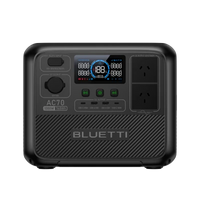




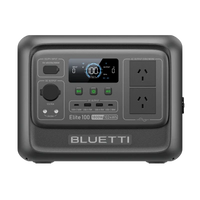
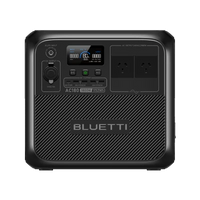

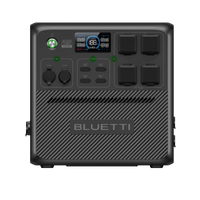
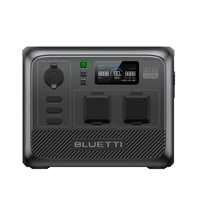
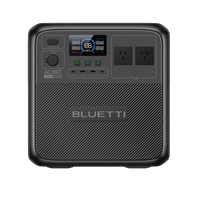





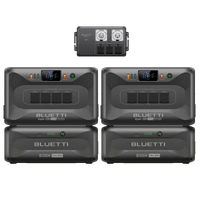
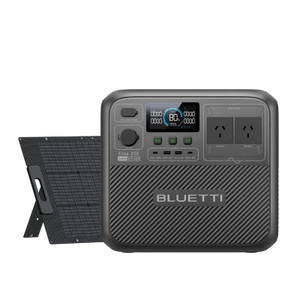
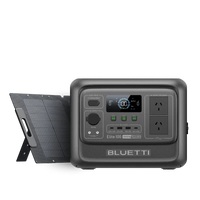

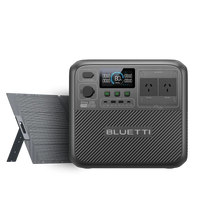

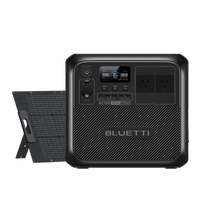
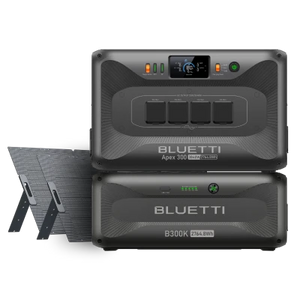
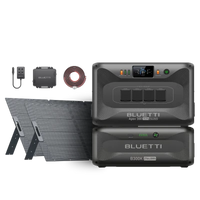
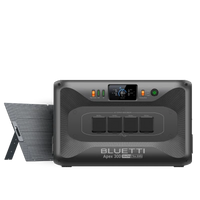

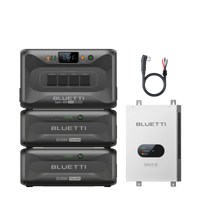


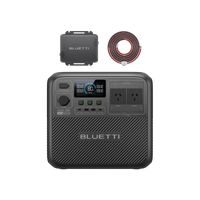
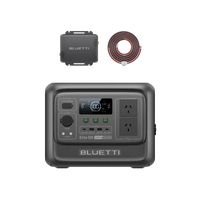

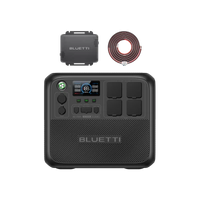
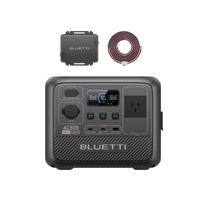
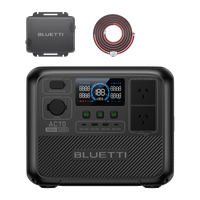


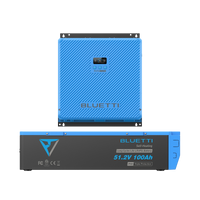
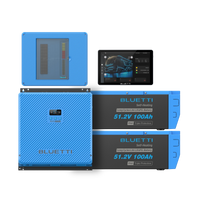
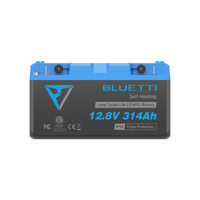
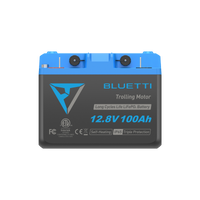

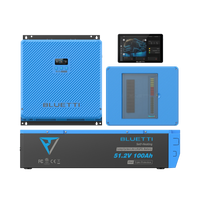




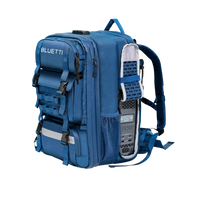
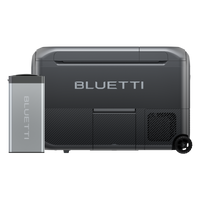
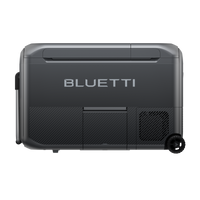
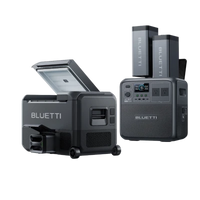


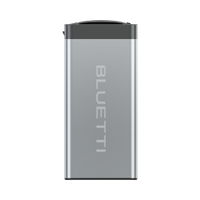






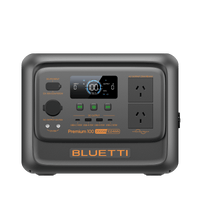
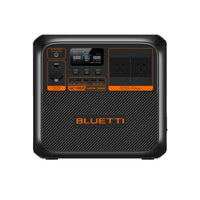

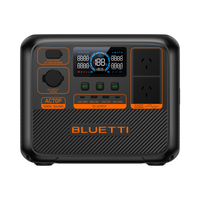
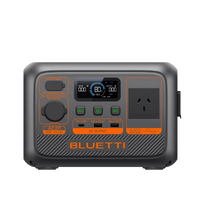
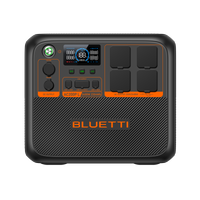
![[Phased Out] BLUETTI B80P Expansion Battery | 806Wh](http://www.bluettipower.com.au/cdn/shop/files/202310025B80P_2000-2000px_4_4caa0c1c-4dab-4272-9e9b-2b7507e5bd81.jpg?v=1713777870&width=200)
![[Phased Out] BLUETTI B210P Expansion Battery | 2,150Wh](http://www.bluettipower.com.au/cdn/shop/files/2_08cf9ef3-03a4-4489-b641-d3edb8094896.webp?v=1716016566&width=200)
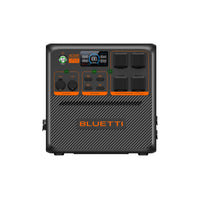
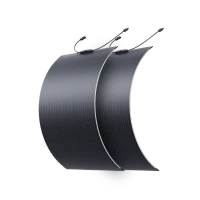
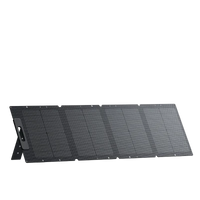
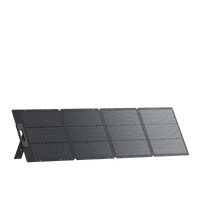
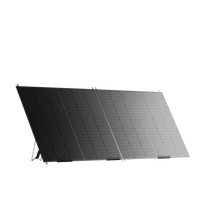

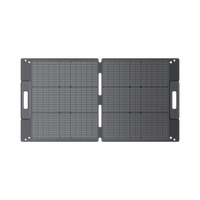

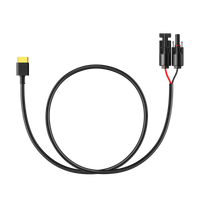
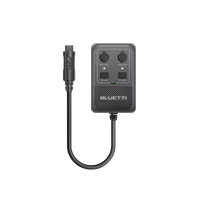

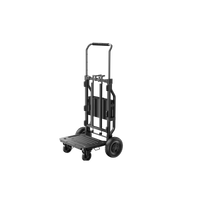
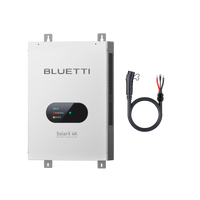

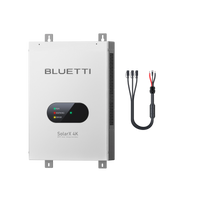
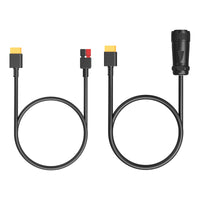
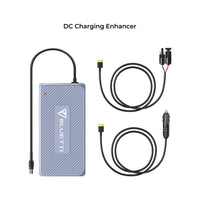


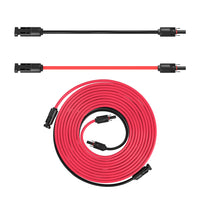
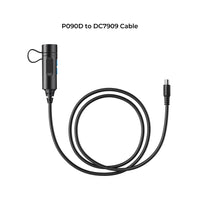


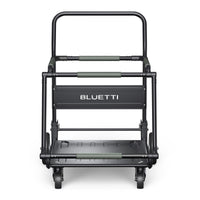
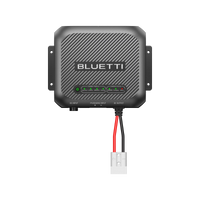
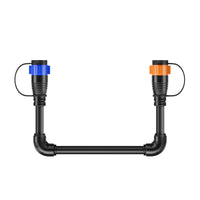



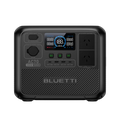
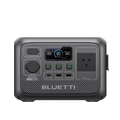
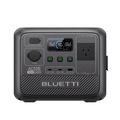




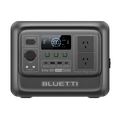

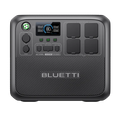
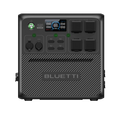




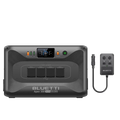


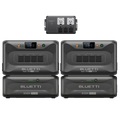


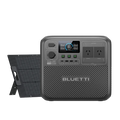
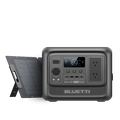

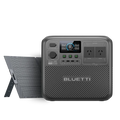
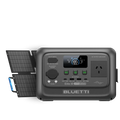

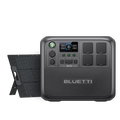
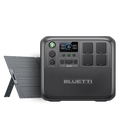




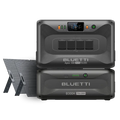


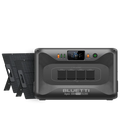



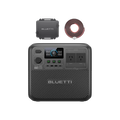
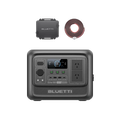


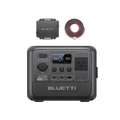
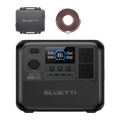

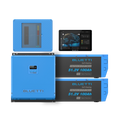



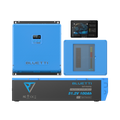



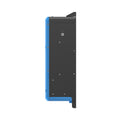


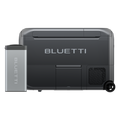
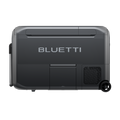


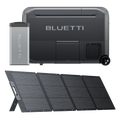
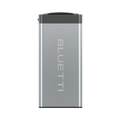
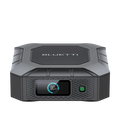
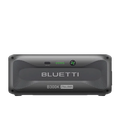

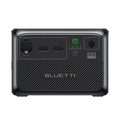
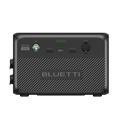
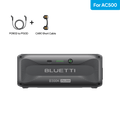


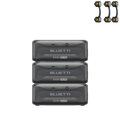





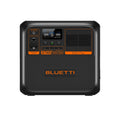

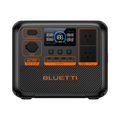


![[Phased Out] BLUETTI B80P Expansion Battery | 806Wh](http://www.bluettipower.com.au/cdn/shop/files/202310025B80P_2000-2000px_4_4caa0c1c-4dab-4272-9e9b-2b7507e5bd81.jpg?v=1713777870&width=120)
![[Phased Out] BLUETTI B210P Expansion Battery | 2,150Wh](http://www.bluettipower.com.au/cdn/shop/files/2_08cf9ef3-03a4-4489-b641-d3edb8094896.webp?v=1716016566&width=120)

